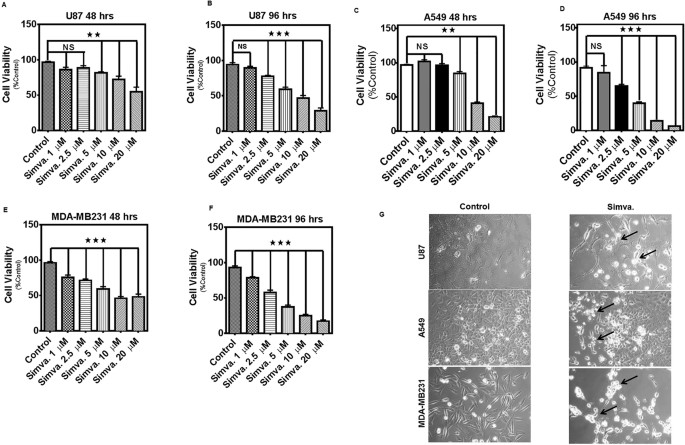- Select a language for the TTS:
- UK English Female
- UK English Male
- US English Female
- US English Male
- Australian Female
- Australian Male
- Language selected: (auto detect) - EN
Play all audios:
ABSTRACT A gene encoding the p53 val135 mutant, which assumes mutant conformation at 38.5°C and wild-type conformation at 32.5°C, was introduced into p53-deficient K562 myeloid leukemia
cells. Forced expression of wild-type, but not mutant, p53 resulted in growth arrest, accumulation of p21 and Bax proteins, and delayed cell death. Wild-type p53 enhanced the cytotoxic
effects of some drugs and attenuated those of others. Compared with wild-type p53, mutant p53 induced much stronger sensitization to drug cytotoxicity. This occurred in the absence of
effects on cell cycle progression or activation of several p53 target genes. Although both mutant and wild-type p53 induced changes of immunophenotype, no specific pattern of differentiation
was associated with enhanced chemosensitivity. Thus, (1) induction of growth arrest and activation of p53 target genes such as _p21_ and _bax_ are linked to the wild-type conformation of
p53; (2) p53 induces immunophenotypic changes of myeloid leukemia cells suggestive of multidirectional differentiation in a conformation-dependent manner; and (3) (so-called) mutant p53
induces chemosensitization in the absence of effects on cell cycle progression, activation of _bax, p21, gadd_45 and _mdm_-2, or a specific pattern of differentiation; and (4)
chemosensitization mediated by wild-type p53 may be masked by transcription-dependent induction of growth arrest. Access through your institution Buy or subscribe This is a preview of
subscription content, access via your institution ACCESS OPTIONS Access through your institution Subscribe to this journal Receive 12 print issues and online access $259.00 per year only
$21.58 per issue Learn more Buy this article * Purchase on SpringerLink * Instant access to full article PDF Buy now Prices may be subject to local taxes which are calculated during checkout
ADDITIONAL ACCESS OPTIONS: * Log in * Learn about institutional subscriptions * Read our FAQs * Contact customer support SIMILAR CONTENT BEING VIEWED BY OTHERS TARGETING P53 PATHWAYS:
MECHANISMS, STRUCTURES AND ADVANCES IN THERAPY Article Open access 01 March 2023 PHARMACOLOGICAL REACTIVATION OF P53 IN THE ERA OF PRECISION ANTICANCER MEDICINE Article 15 December 2023 P53
PARTIAL LOSS-OF-FUNCTION MUTATIONS SENSITIZE TO CHEMOTHERAPY Article Open access 14 December 2021 AUTHOR INFORMATION AUTHORS AND AFFILIATIONS * Department of Neurology, University of
Tübingen, Medical School, Tübingen, Germany M Trepel, J Dichgans & M Weller * Department of Hematology and Oncology, University of Tübingen, Medical School, Tübingen, Germany S Scheding
& W Brugger * Institute of Anatomy, University of Zürich, Medical School, Zürich, Switzerland P Groscurth * Institute of Pathology, University of Tübingen, Medical School, Tübingen,
Germany H-P Horny * Section of Clinical Immunology, University of Zürich, Medical School, Zürich, Switzerland U Malipiero Authors * M Trepel View author publications You can also search for
this author inPubMed Google Scholar * S Scheding View author publications You can also search for this author inPubMed Google Scholar * P Groscurth View author publications You can also
search for this author inPubMed Google Scholar * H-P Horny View author publications You can also search for this author inPubMed Google Scholar * U Malipiero View author publications You can
also search for this author inPubMed Google Scholar * W Brugger View author publications You can also search for this author inPubMed Google Scholar * J Dichgans View author publications
You can also search for this author inPubMed Google Scholar * M Weller View author publications You can also search for this author inPubMed Google Scholar RIGHTS AND PERMISSIONS Reprints
and permissions ABOUT THIS ARTICLE CITE THIS ARTICLE Trepel, M., Scheding, S., Groscurth, P. _et al._ A new look at the role of p53 in leukemia cell sensitivity to chemotherapy. _Leukemia_
11, 1842–1849 (1997). https://doi.org/10.1038/sj.leu.2400824 Download citation * Received: 21 March 1997 * Accepted: 04 July 1997 * Issue Date: 01 November 1997 * DOI:
https://doi.org/10.1038/sj.leu.2400824 SHARE THIS ARTICLE Anyone you share the following link with will be able to read this content: Get shareable link Sorry, a shareable link is not
currently available for this article. Copy to clipboard Provided by the Springer Nature SharedIt content-sharing initiative KEYWORDS * p53 * cancer chemotherapy * cell cycle * apoptosis *
differentiation






